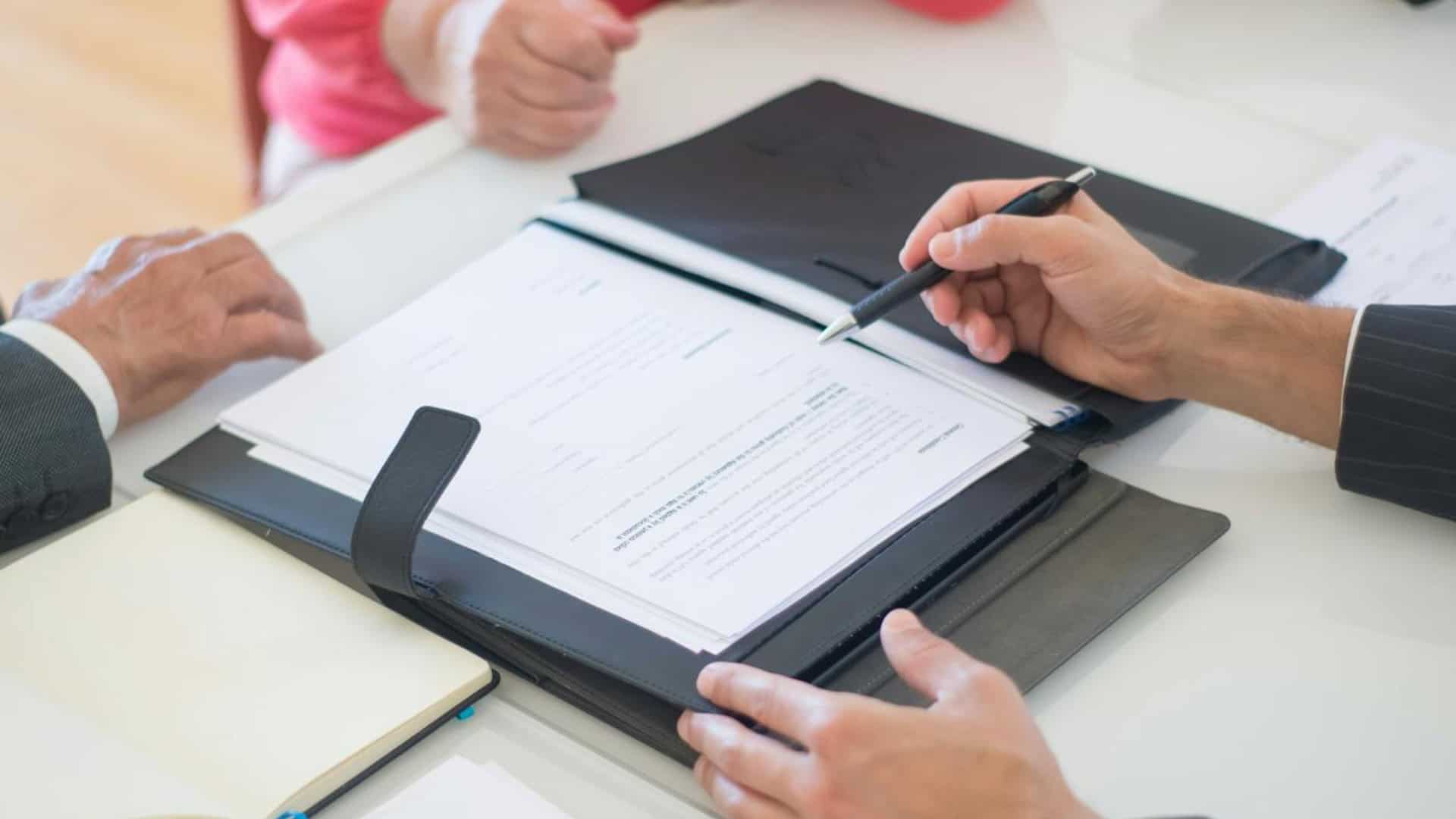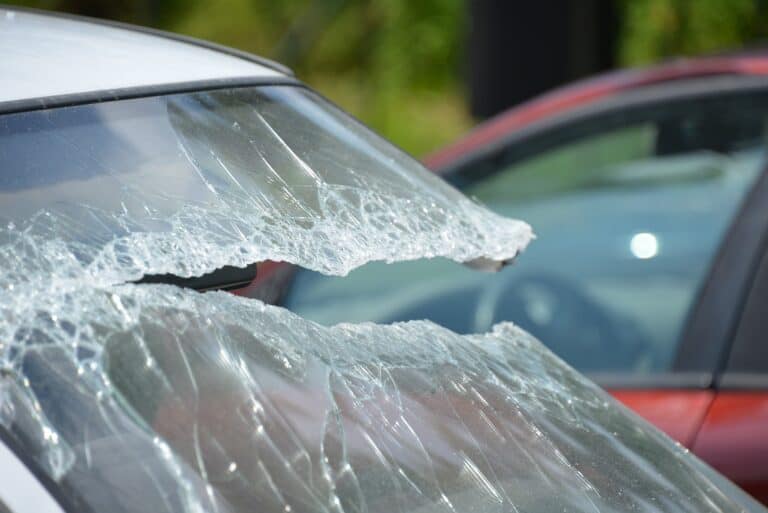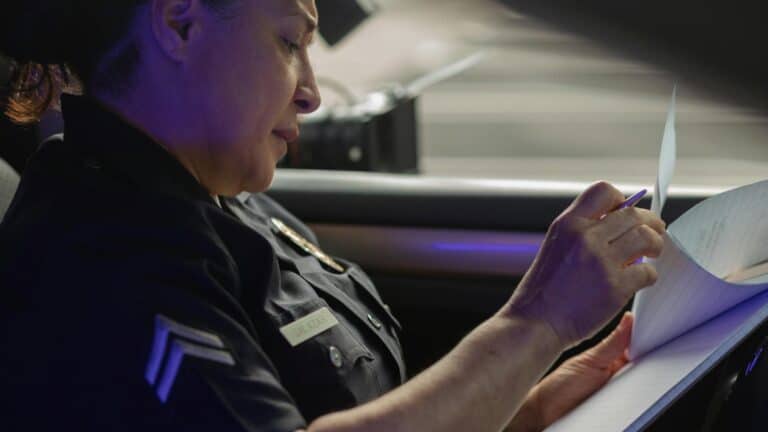How to Prove Fault in a Car Accident: A Complete Guide

Introduction
Being involved in a car accident can be a disorienting and stressful experience, especially when it comes to determining who was at fault. Whether you’re driving through Commerce City, Aurora, or another Colorado city, establishing fault is crucial for ensuring that you receive the compensation you deserve. In this guide, we will walk through the steps necessary to prove fault in a car accident, from gathering evidence at the scene to working with insurance companies and legal professionals.
Understanding how fault is determined and the actions you can take following an accident will protect both your financial and legal rights, helping you secure compensation for damages, medical bills, and other expenses.
What Determines Fault in a Car Accident?
Fault in a car accident is generally determined by examining the actions of each driver and comparing them against Colorado’s traffic laws. The party who violates these laws and causes the accident is typically found at fault. However, proving this fault requires more than just an assumption—it involves gathering evidence and making a compelling case, whether for your insurance claim or in court.
In Colorado, the principle of comparative negligence applies. This means that more than one party can be held partially responsible for an accident, and compensation is determined by the percentage of fault assigned to each party. For example, if you’re found to be 20% at fault, your compensation will be reduced by that percentage.
Steps to Prove Fault in a Car Accident
1. Gather Evidence at the Scene
The most critical step in proving fault begins at the accident scene. Right after ensuring your safety and the safety of others, it’s essential to collect as much evidence as possible. In cities like Denver and Aurora, where traffic can be dense, having detailed evidence can make a significant difference in proving fault.
- Take Photos: Capture images of vehicle damage, road conditions, traffic signs, and any skid marks or debris on the road. These photos can serve as crucial evidence in showing how the accident occurred.
- Talk to Witnesses: If there are any witnesses, ask for their contact information and a brief statement of what they saw. Their accounts can be invaluable, especially if fault is disputed.
- File a Police Report: Always file a police report after an accident. Officers will document the scene, and their report will be a critical piece of evidence in proving fault. In Colorado, particularly in populated areas like Westminster and Commerce City, police are well-versed in handling these situations and will note traffic violations, road conditions, and other relevant details.
2. Examine the Traffic Laws
Colorado traffic laws play a significant role in determining fault. If one driver violated a law—such as running a red light, failing to yield, or following too closely—it can clearly establish who is at fault. Reviewing these laws with a local attorney, especially one familiar with the rules in cities like Broomfield or Aurora, can help you understand how the law applies to your case.
- Right of Way Violations: In intersection accidents, for example, the driver who fails to yield the right of way is often found at fault. Understanding local regulations for right-of-way, particularly in busy urban areas, can help you build your case.
- Negligence: If a driver was speeding, distracted, or engaging in reckless behavior, they might be found negligent, which can help prove fault in your favor.
3. Leverage the Police Report
The police report is a crucial document in proving fault. In Commerce City or Denver, officers who respond to accidents will note their observations, any traffic citations issued, and often provide their opinion on who was at fault. This report becomes key evidence in your case, whether you’re negotiating with insurance companies or presenting your claim in court.
Be sure to get a copy of this report and review it carefully with your attorney. Any errors or omissions can be corrected, and additional evidence can be submitted to supplement the report.
4. Work with Insurance Companies
Your insurance company and the at-fault driver’s insurance company will play a significant role in determining fault and compensating for damages. After you’ve gathered your evidence, report the accident to your insurance provider, sharing all relevant documentation.
In Colorado, including cities like Westminster and Broomfield, insurance adjusters will review the evidence to assess fault. Be cautious about what you say to adjusters—they may attempt to minimize the responsibility of their client. Working with an attorney can help ensure that your rights are protected and that the evidence supports your claim.
5. Consult an Attorney
In more complex cases or if you’re facing challenges proving fault, consulting a car accident attorney can significantly enhance your chances of a favorable outcome. Attorneys familiar with Colorado’s laws, such as those serving Denver, Aurora, or Commerce City, can help guide you through the legal process, ensure all evidence is properly presented, and negotiate with insurance companies on your behalf.
Conclusion
Proving fault in a car accident is essential to securing compensation for medical bills, lost wages, and vehicle repairs. Whether you’re in Commerce City or Broomfield, the key to maximizing your compensation is gathering strong evidence, understanding the traffic laws, and working closely with law enforcement, insurance companies, and legal professionals. By taking these steps, you can protect your rights and build a solid case for compensation.
If you’ve been involved in a car accident and need assistance proving fault, contact Flanagan Law today. Our experienced team is ready to help you navigate the complexities of accident claims and ensure you receive the compensation you’re entitled to.
FAQ
How is fault determined in a car accident in Colorado?
Fault is determined based on evidence, traffic law violations, and the principle of comparative negligence. The driver responsible for breaking traffic laws and causing the accident is typically found at fault.
What is comparative negligence?
Comparative negligence means that more than one party can be partially responsible for an accident. In Colorado, your compensation may be reduced by the percentage of fault assigned to you.
What should I do if the police report is inaccurate?
If the police report contains errors, you should work with your attorney to gather additional evidence and submit corrections. The report is important, but it’s not the only factor in determining fault.
How does evidence from the accident scene help prove fault?
Photos, witness statements, and road conditions documented at the scene are critical in showing how the accident occurred. This evidence can help establish which driver was at fault.
Do I need an attorney to prove fault in a car accident?
While not required, an attorney can greatly assist in proving fault, especially in complex cases. They can help gather evidence, work with insurance companies, and ensure that your legal rights are protected.
By understanding the process of proving fault and taking the necessary steps to gather evidence and navigate the legal system, you can protect your rights and maximize your chances of receiving the compensation you deserve. Let Flanagan Law guide you through this process to achieve the best possible outcome.






